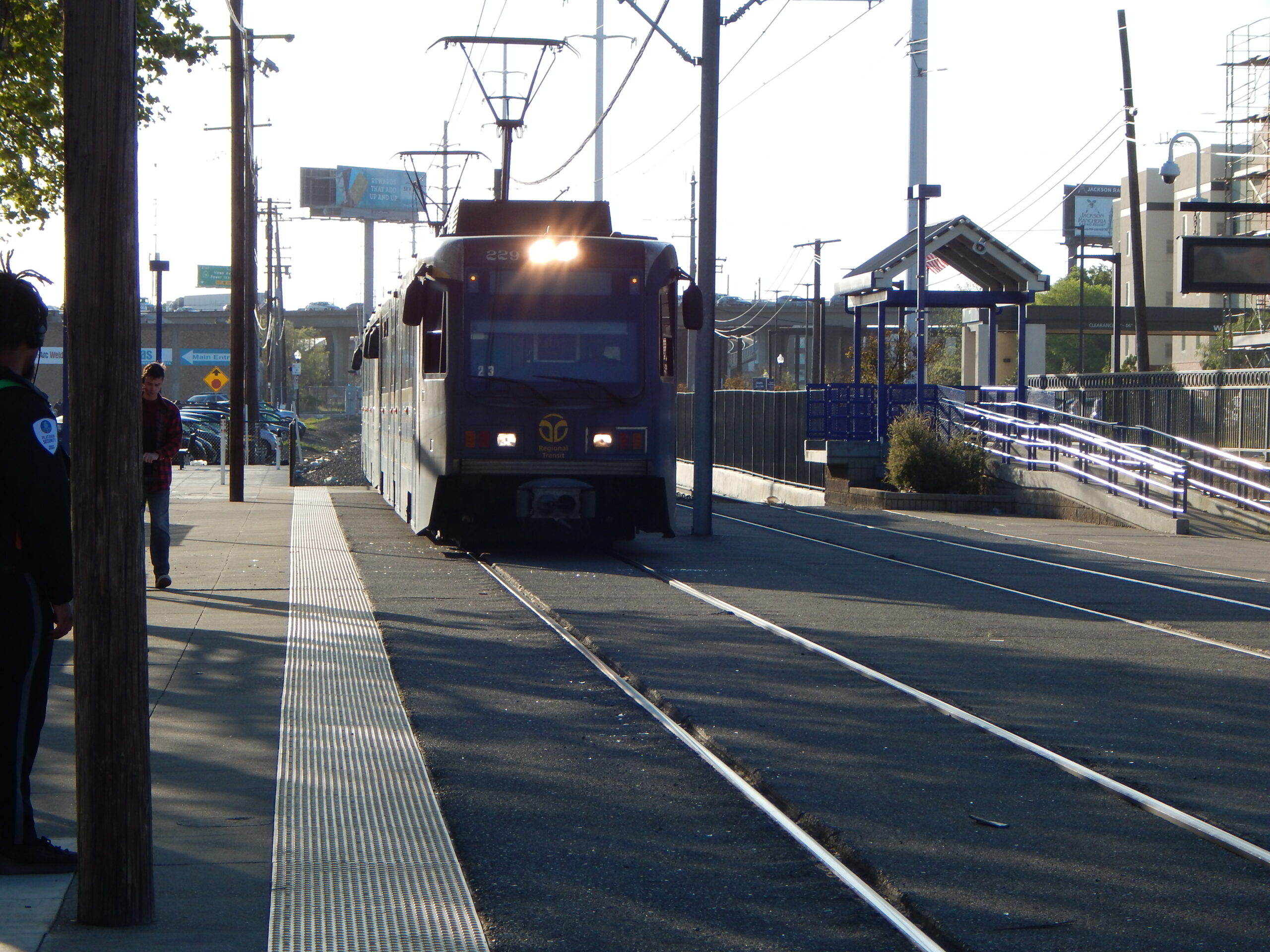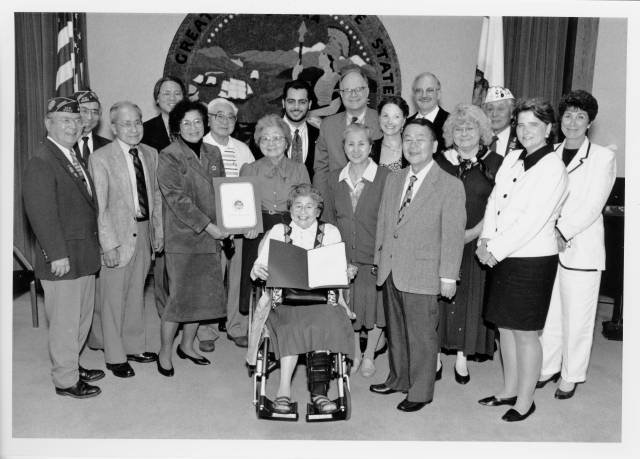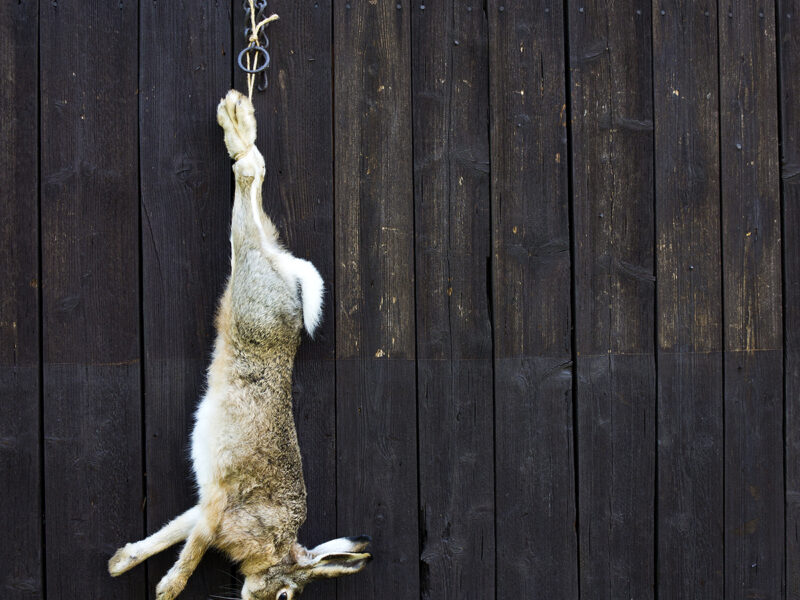It is known that Sac State is what’s referred to as a “commuter” school. This means that the majority of its students do not live on campus, arriving to and leaving from campus daily via some mode of transportation, of which there are three. Most commuter students get to campus with their own personal cars. The Sacramento Regional Transit District (RT) has five buses that make stops on campus: routes 26, 30, 82, 87, and 134. RT’s Gold light rail line also stops near campus at the 65th Street/University station. Let’s focus on that last one. Light rail is meant to be a fast, convenient mass-transit alternative to road vehicles. Yet a student, faculty member, or other university staff trying to get to the Union or the Library from 65th Street has to walk nearly 10+ minutes to get there, which can cause delays. Sure, taking RT buses 26, 82, and 87 from the station may shorten that time slightly, but it still wouldn’t be as convenient as having direct light rail access on campus. However, throughout the year of 1981, several plans for such a thing were proposed. What happened? Why is the closest light rail station located where it is?
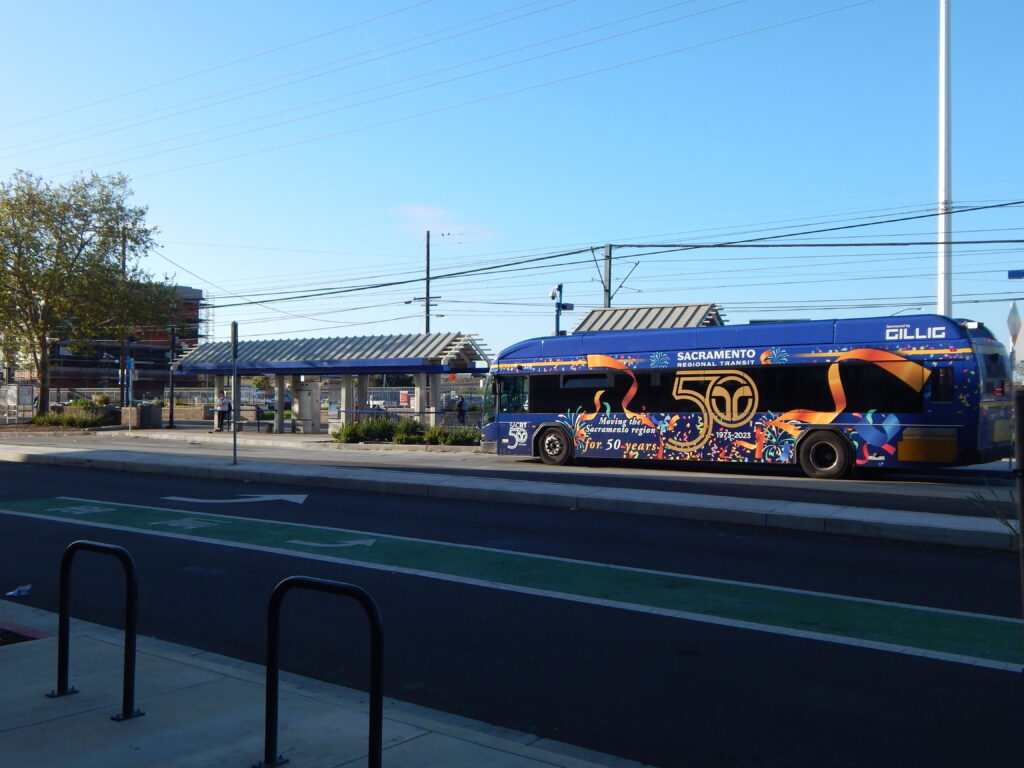
RT began operation in 1973. At the time, only two buses (formerly Lines 3 and 9) made stops on campus “periodically during the day.”1 This may indicate that scheduled stops on campus weren not regular, or that the interval between buses was so long, that they weren’t convenient services.
As gas prices, traffic congestion, and air pollution levels rose in the late-1970s and early-80s, alternative transportation to automobiles began to be explored. Talks of a Sacramento light rail system were first whispered as early as 1975, and RT’s Planning Department conducted a feasability study to evalutate the potential of constructing a line connecting Sacramento and Folsom along Folsom Blvd. and Highway 50 in 1978. But no real action came until early in 1981, when the Sacramento City Council approved plans for a light rail line running from Folsom, through downtown Sacramento, and turning northeast paralleling I-80.2
It was during this time that William C. Kerby, then-CSUS Vice President of Administration and Business Affairs, put forward three plans to have a light rail station on or very close to campus. The first of these plans called for the line to make a loop through campus with a station on Sinclair Road, between the Library quad and what are now Eureka, Brighton, and Humboldt Halls. This plan was rejected for several reasons. One is that the loop would add an extra minute to the service. At the time, RT light rail promoters campaigned heavily for trains every 15 minutes, and would only let every fourth train stop on campus. Thus only one train per hour in either direction would stop, which wouldn’t be convenient. Another reason for rejection was that having direct light rail access would bring an “undesirable element” to campus and create “unmanageable security problems.” Additionally, then-University President Lloyd Johns didn’t support the project, and there weren’t enough funds for the construction of the loop.3
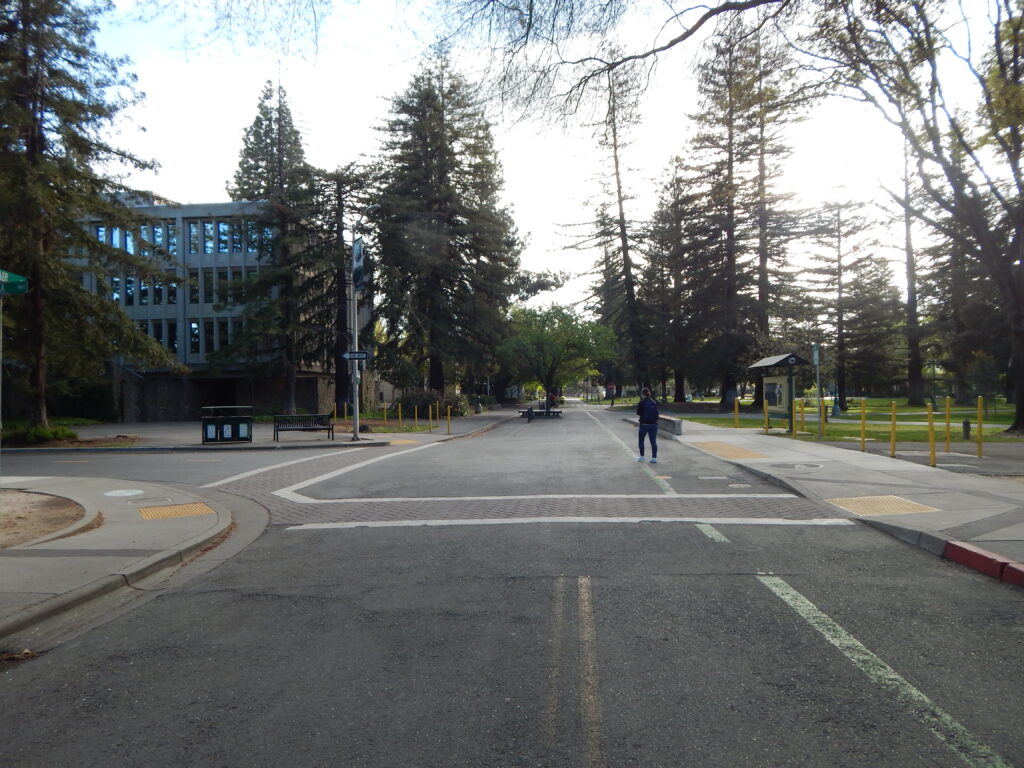
The second plan would have a station built on Folsom Blvd. across from where the Capital Public Radio radio building is today. The plan also called for the construction of a pedestrian overpass from the station, over the road, to campus. This plan was also rejected as the land required for the station was owned by the Brighton Oil Company, who was not willing to sell it at the time. Also, neither the university nor RT had the funds available to build the overpass.4
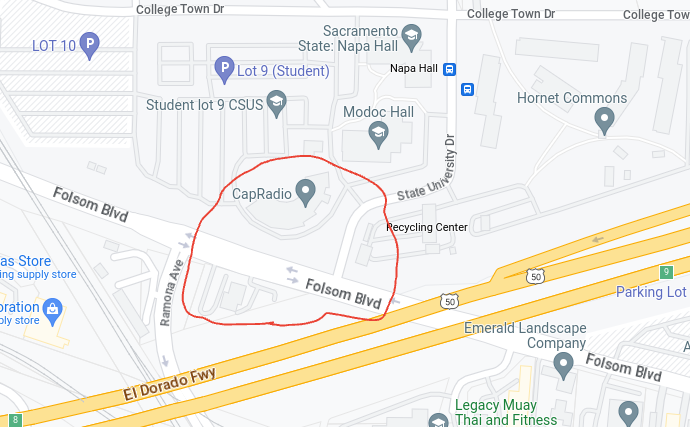
The third plan Kerby proposed would have a station built somewhere along Elvas Ave. It called for the construction of a pedestrian and bicycle underpass from the station, under the Union Pacific (then-Southern Pacific) railroad tracks, surfacing on Sinclair Rd. around where the tennis courts are today. This too was struck down, as the plan called for the underpass to be curved, which both SacPD and the CSUS Department of Public Safety cited as a potential danger due to blocked sight lines.5 Additionally, in a variation of this plan, RT requested that Sac State pay 100% of the underpass’s construction cost, which was refused due, once again, to lack of funding.6

Later, in 1984, there was some renewed interest in getting RT to bring light rail to campus. The Sacramento Area Council of Governments (SACOG) conducted a study to determin the feasibility of extending the Gold Line from 65th Street directly to Sac State. Once the study was completed, SACOG developed a plan for its preferred light rail alignment. As it turned out, the plan not only ignored CSUS, but all other colleges in the area, citing cost-ineffectiveness as the main issue. Steve Peithman, then-Public Information Officer at American River College, had this to say: “I think schools, especially Sac State, were considered, but as I understand it, Light Rail was built to get people in and out of downtown Sacramento.”7 College students weren’t a priority to RT. This is a position that RT still holds, and it doesn’t seem like it will be changing anytime soon. Ultimately, the decision was made to keep Sac State’s light rail station at 65th Street. As a compromise, RT made extensions and schedule changes to buses 26, 82, and 87 so that they may act as shuttles between the station and campus.
Bibliography
Croom, Don. “Is Gas A Problem? Take Advantage of Regional Transit.” The State Hornet 25, no. 86, May 16, 1973. https://archive.org/details/css_002226/page/n9/mode/1up?q=Regional+Transit.
Hulgren, Ruth. “How It Happened: The Development of Sacramento’s Light Rail.” Wayne R. Hultgren Papers, box 1, folder 2, October 1, 1982. University Archives.
Modern Transit Society of Sacramento. “CSUS Students: ‘Why No Light Rail?'” Moving People XI, no. 10, November 1987. Wayne R. Hultgren Papers, box 5, folder 8. University Archives.
Suhmann, Jeanne Marie. “Finances among reasons light rail not at CSUS.” The State Hornet 42, no. 6, October 14, 1987. https://archive.org/details/css_003139/page/4/mode/2up?q=light+rail.
Unknown Author. “Light Rail route to CSUS: dead end.” The State Hornet XLVIII, no. 26, December 11, 1990. https://archive.org/details/css_003326/page/5/mode/1up.
Image Credit
*All photographs and screenshots above were taken by Tobin Rowe.
